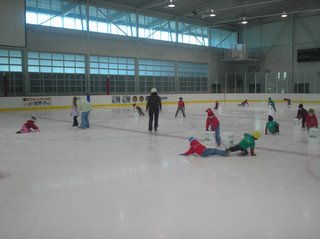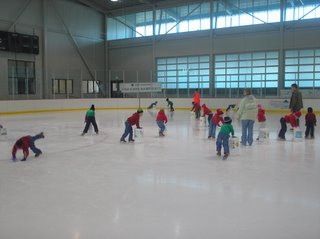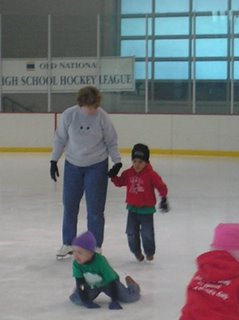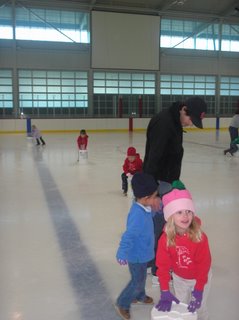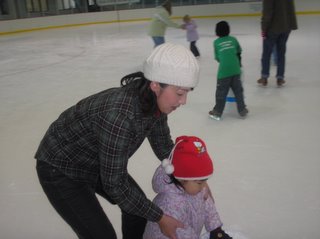
I remember almost all of them but I am in my late 50’s. I wish I could go back to those days for just one summer day and be 10 yrs old. My grandson is growing up in a completely different world today.
It is a completely different world. It was a great place to grow up and that doesn’t have to end. With some engineering, it can be both worlds, because some of today’s world is really nice to have – like dentistry for kids. Remember how terrible it was to have seven cavities and knowing you’d spend the whole summer in and out of the chair of horror? I suppose I should be grateful they couldn’t do root canals in those days.
I remember flat tires and missing events because no one came along to give you a ride. Of course rides from strangers were safe in those days, there were no cell phones, so you either waited or walked. But when you walked, you could stop by the gas station and get an inner tube that was free and the guy would blow it up. If your parents drove you, which was nearly unheard of, they wouldn’t stop at the gas station. So you walked a lot. You had to wear bathing caps in the pool even when the boy’s hair was longer than the girls’.
Remember how roller skates would come off at the worst possible time and the bruise was terrific? If you fell, oops. Now there are analgesics for scrapes and cuts.
Remember when the elastic failed in your swimsuit, and the cotton suit was instantly three sizes too big? You got ONE swimsuit, and if you tore it, that was your tough luck. You got one pair of school shoes a year and if your feet grew – too bad. Shoes were expensive.
Do you remember your first stockings and how you had to endure that thing that kept them up? Much less the monthly nightmare. I’m sure the combination sent souls from purgatory in droves. I remember sewing the runs in my stockings, nail polishing them to stop a run, and borrowing some from my mother who wore a size smaller – that was a trip. When panty hose came it, it was like wearing ballet tights – it was great.
You had to wear a skirt every day to school or some hideous school uniform designed by some nun who hadn’t worn street clothes for fifty years, and when you rolled it up to look like the world, the ring around the middle looked like a spare tire. I remember I got this neat outfit that had this pair of shorts covered by two panels – one in the front and one in the back. I thought I was in heaven. The school principal thought I was devious.
I remember the nuns in traditional garb that I respected with all my heart, and when they arrived in those awful new habits, sans rosary, it was a complete shock – mostly because the old flowing rigging was magnificent, and the new one just bad taste. They stopped getting the seats on the bus, and parents eyed them with a whole other look.
I went to school with a girl who was mentally retarded because she had hit the dashboard on her first car ride from the hospital as a newborn – no car seats in those days. Do you remember that your parents ever drove over sixty miles and hour? Our speed limit at home on the island was 5 or 10 mph. We had a Taunus in those days.
It was always safe to go out and play, and we never locked a thing. If there had been keys, we would have lost them. We had 18 doors in our home on the island.
Does anyone remember that “hot” meant open a window and “cold” meant put on a sweater? We were lucky because we lived on an island for a long time that had a steady climate of about 65 degrees – nobody ever got hot or cold. When we moved to Pittsburgh, I couldn’t believe the summer heat.
TV out west was a couple of hours a day. We got the TV in about 1957. It took six weeks to repair it. Today, when the TV breaks, you just buy a new one. Computers have replaced the car engine. It’s a lot cleaner and it’s indoors and families don’t have to endure a myriad of cars jacked up on cinder blocks in the front yard. Now you can have computers jacked up the dining room table for months instead.
What are our favorite things about the 21st century? Relaxed clothes, computers, email, nearly free phone service, the availability of new and interesting food, and the fact that cancer doesn’t mean instant death? Anybody relate?
What would be a good meshing of old and new? Times. The old work week of 9-5 would be a help. Kids went to school at 9:00, and Dad left for the office about 8:30. He always walked, took the ferry at the bottom of the island. I don’t ever remember my father taking the car.
That morning with the family was a good way to start the day. It was not race and dash out of the house at 6:15. I think children were healthier then because they were able to wake up on their own and they had time to think before going off to school.
Evening dinners, something you can count on with the family would be a nice touch stone. And whole Sundays without stores would be a good start as well. If offices shut down at 5:00 and people actually went home, it would help families be families.
The old and the new – it’s probably been a thought provoker for 40 thousand years.



